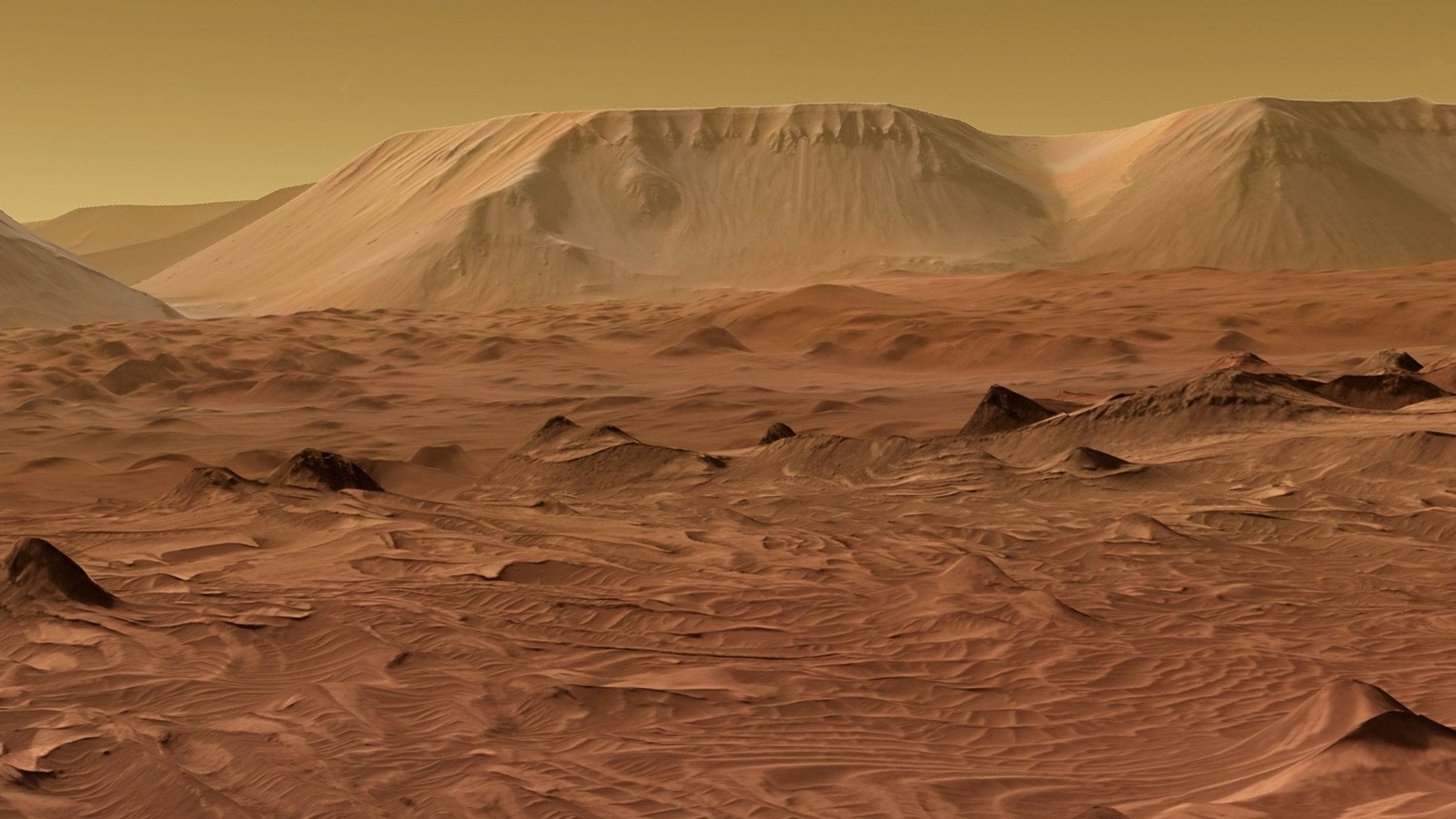The quest to uncover the mysteries of Mars has captured the attention of scientists and space enthusiasts alike. For years, astronomers have observed dark streaks on the Martian surface, known as recurring slope lineae (RSL), which were thought to be the result of liquid water flowing down slopes during warmer seasons. However, recent findings have called this longstanding assumption into question, indicating that these enigmatic dark streaks are not what scientists originally believed.
Recurring slope lineae are characterized by their transient nature, appearing and disappearing in cycles that correspond to Martian seasons. Initially, the presence of these streaks was interpreted as strong evidence for active hydrological processes, primarily the flow of briny water. This interpretation was largely informed by spectral analysis, which suggested that the salts detected within the streaks were indicative of liquid water’s influence on Martian soil.
Over time, numerous missions, including NASA’s Mars Reconnaissance Orbiter, have gathered substantial data on these dark streaks. The initial excitement over the prospect of current water flow has waned as scientists have begun revisiting and reevaluating the data. Recent investigations have revealed that the formation of RSL could be attributed to a combination of dry processes rather than to the movement of liquid water.
NASA researchers have conducted laboratory experiments simulating Martian conditions using analog materials that mimic the planet’s surface. These experiments demonstrated that dry granular flow could generate similar dark streaks under certain conditions. This finding suggests that the movement of sand and soil can create features previously attributed to water, suggesting a more complex and nuanced understanding of Martian geomorphology.
The change in perspective is significant for planetary scientists as it opens new avenues for investigation into Mars’s surface processes. While the prospect of liquid water on Mars has driven much of the research and exploration into its past habitability, the new evidence prompts a shift in focus towards understanding the interplay of abiotic processes on the planet’s surface.
Moreover, this shift in understanding raises questions about the potential for life on Mars, both past and present. The idea that dark streaks may not be a direct indicator of water flow complicates the narrative surrounding the planet’s habitability. Researchers have long debated the implications of liquid water for potential microbial life, and these new findings necessitate a re-examination of the conditions required for life to exist.
This change in understanding is not merely limited to dark streaks. It invokes a broader discussion on how geological processes work on Mars. For example, researchers are studying the role of planetary temperature fluctuations, dust mobilization, and seasonal variations in delivering nutrients and altering the surface landscape. Understanding these processes is crucial for future exploration missions and could yield insights into Mars’s climatic history.
As more data becomes available, scientists are determined to unravel the complexities of Mars’s surface. Upcoming missions, including the Mars Sample Return project, aim to collect samples from the Martian surface for detailed analysis back on Earth. These missions will play a pivotal role in uncovering the planet’s geological history and identifying the processes that shaped its current landscape.
In addition to understanding dark streaks, scientists are also beginning to explore other surface features that may relate to liquid water. Investigations into ancient riverbeds, lake beds, and mineral deposits are ongoing, contributing to a more comprehensive understanding of Mars’s history as a potentially habitable environment. However, it also emphasizes the need to be cautious in interpreting surface phenomena, as initial assumptions can often lead to misinterpretations.
Furthermore, the implications of this research extend beyond the pursuit of understanding Mars alone. Many of the techniques and methodologies developed to analyze Martian features have applications for other celestial bodies within our Solar System. The study of dark streaks on Mars may offer comparative insights into geological processes on moons such as Europa or Ganymede, where liquid water beneath icy shells is hypothesized to exist.
The evolving narrative surrounding the dark streaks on Mars underscores the dynamic nature of scientific inquiry and emphasizes the importance of continual reevaluation of previously established theories. As new data emerges and further research is conducted, scientists remain dedicated to uncovering the truths hidden beneath the Martian surface. This ongoing journey into Mars’s mysteries reinforces the notion that while we have made significant strides in understanding our cosmic neighbor, much remains to be explored and discovered.



